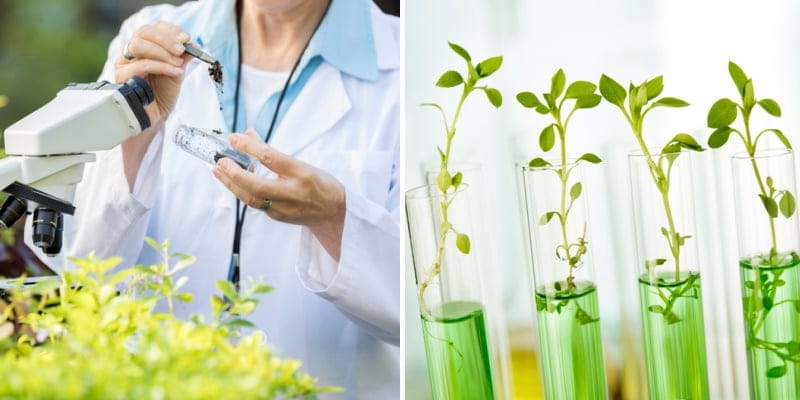There are plenty of plant and animal species that once existed on the planet but no longer do. However, that hasn’t stopped researchers from trying to bring them back. (We’re still waiting for Jurassic Park to be a real thing.) However, one of the most successful revivals had to be that of Silene stenophylla, brought back from 32,000-year-old seeds found in Siberia.
The seeds were so far below the surface that they were found near the Kolyma River in layers that also included the wooly rhinoceros, mammoths, and bisons. All were thought to date back to the Ice Age. Pretty cool, right?
While you might assume that the permafrost would have made the Silene stenophylla seeds unviable, that wasn’t the case at all. Scientists managed to bring the plant, which consists of small white flowers, back to life. It required extracting the plant’s tissue and completing the germination process in glass vials, but they got there in the end.
“Late Pleistocene plant tissue of S. stenophylla, naturally preserved in permafrost, can be regenerated using tissue culture and micropropagation to form healthy sexually reproducing plants,” the study published in the Proceedings of the National Academy of Sciences journal stated.
The successful revival of Silene stenophylla also served as proof that there’s “a role for permafrost as a depository for an ancient gene pool, i.e., preexisting life, which hypothetically has long since vanished from the earth’s surface, a potential source of ancient germplasm, and a laboratory for the study of rates of microevolution.”
In other words, freezing things for thousands of years can be a viable mode of preservation for species we’re in danger of losing. By storing the “seeds” of life for later extraction, we may never have to say goodbye to certain plants or animals. Given the climate disaster currently happening, this could very well come in handy sooner than we’d like to hope.



